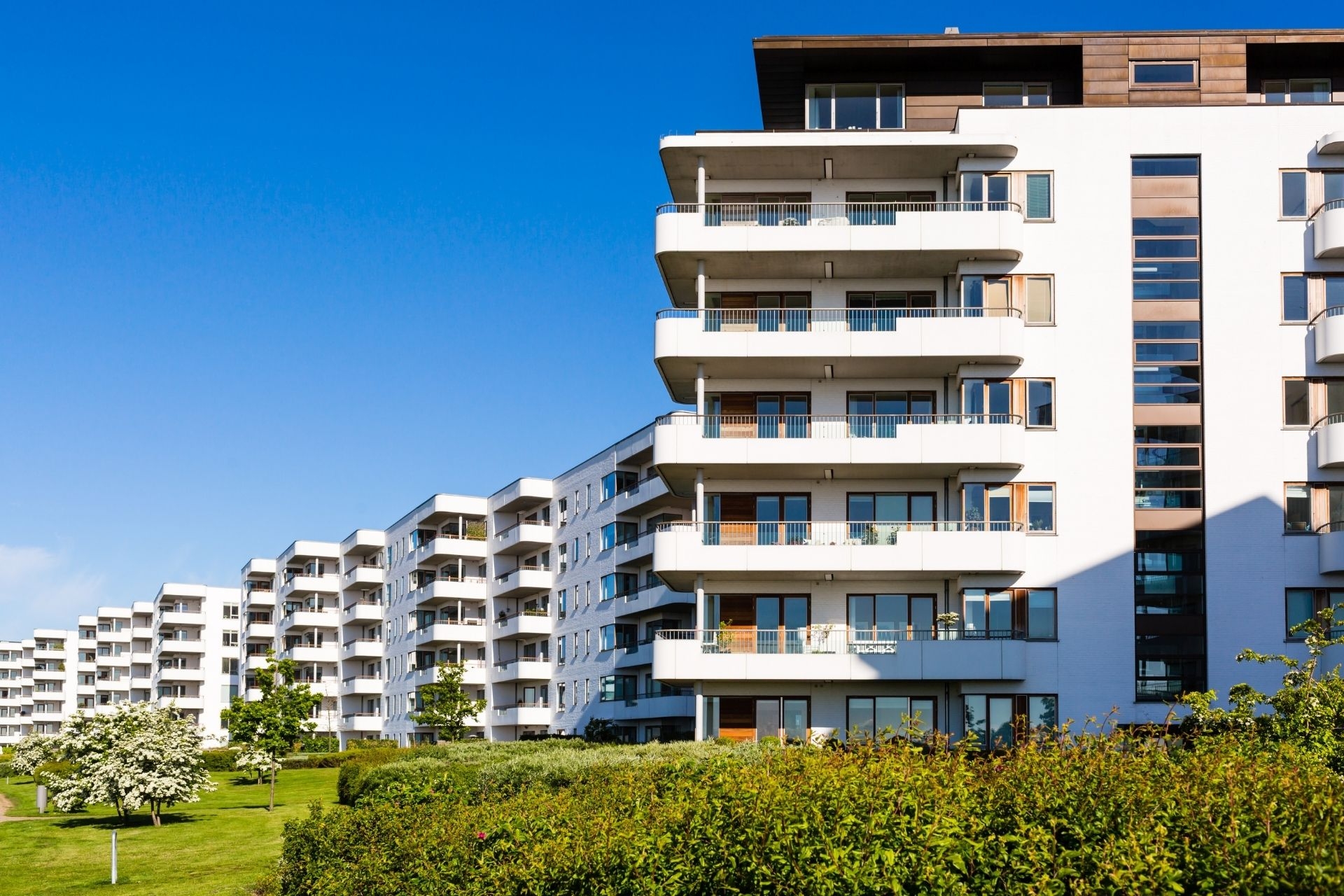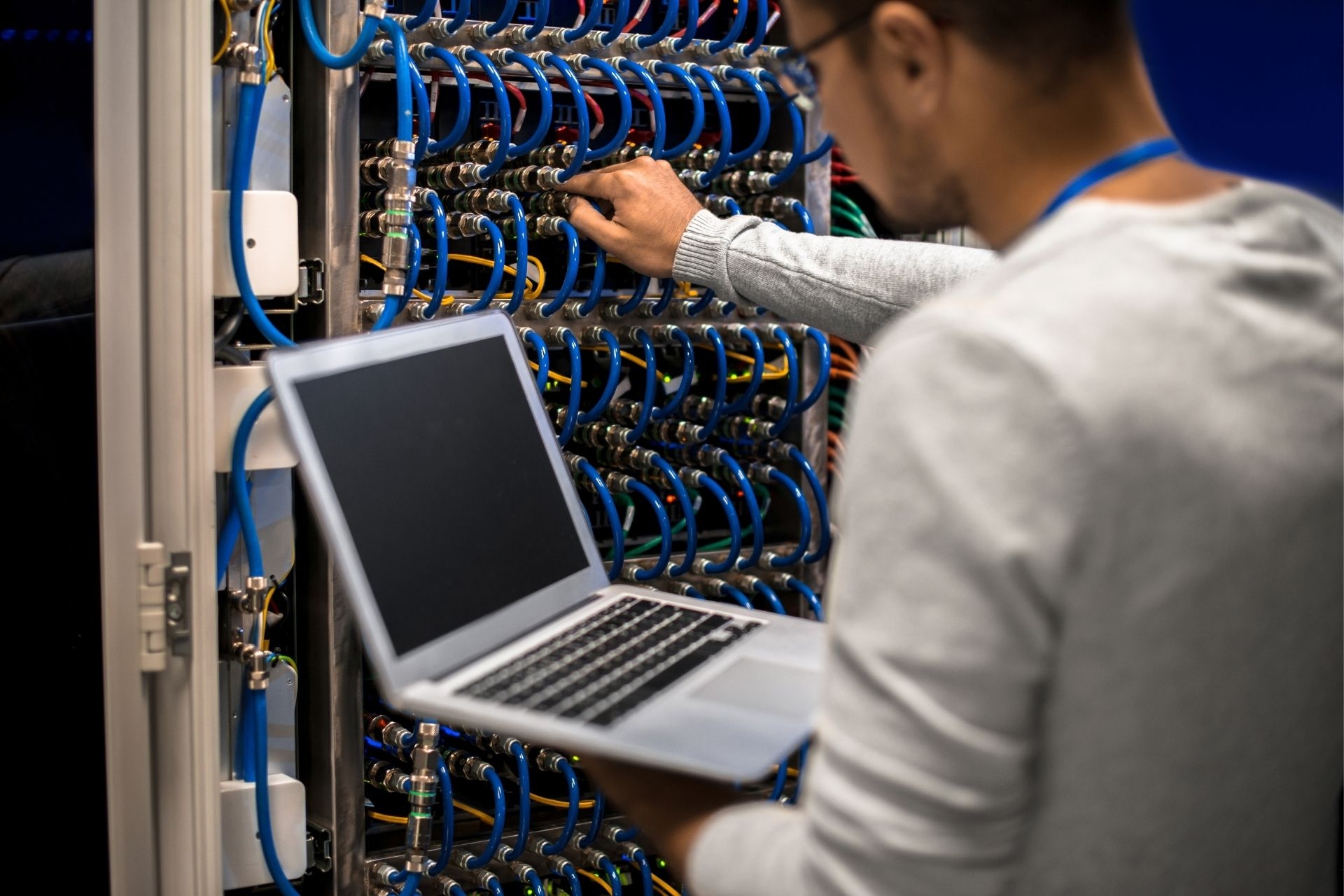Optical Distribution Network (ODN)
What is the role of a splitter in an Optical Distribution Network (ODN)?
A splitter in an Optical Distribution Network (ODN) plays a crucial role in dividing the incoming optical signal into multiple output signals, allowing for the distribution of data to multiple end-users or devices. By splitting the signal, the splitter enables the network to efficiently serve a larger number of subscribers without the need for individual dedicated fibers for each connection. This helps in optimizing the use of resources and reducing the overall cost of the network infrastructure.








